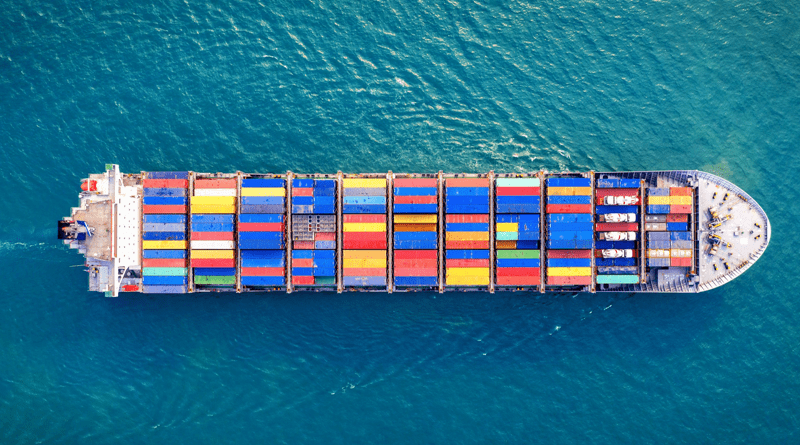It is estimated that halving emissions from maritime transport by 2050 will require an average annual investment of between 40 and 60 billion dollars between 2030 and 2050, highlighted the United Nations Conference on Trade and Development (UNCTAD).
In general, the world is now embarking on the transition to greener energy and this will be costly.
Most of the investments in maritime transport will be used to produce alternative fuels such as ammonia, hydrogen and methanol, among others, while developing new terrestrial fuels. infrastructure for storage and fuel supply.
Already the energy transition has important implications for ports.
Less oil trade will reduce revenues from fossil fuel storage and distribution.
Preparing for a future without carbon fuels, ports therefore aim to develop new markets and value-added services.
And despite the pressures they faced in 2020, many have maintained their investment plans in environmental sustainability.
According to UNCTAD, these include alternative energy production, infrastructure to import alternative fuels, and fuel supply and storage to facilitate subsequent distribution.
Some ports have benefited from green infrastructure recovery plans and others from foreign investment incentives.
Maritime transport
There is also now increased interest in smarter and greener ports.
Beyond transforming ports into carbon-neutral ecosystems, this means using new data environments and artificial intelligence to improve competitiveness and sustainability.
Currently there are industrial port projects that take advantage of ecological opportunities to generate new sources of income. These are some examples:
Alternative energy
Project to develop hydrogen-based exports from the port of Fujairah (United Arab Emirates).
- Project to develop offshore wind energy to generate hydrogen in the North Sea port (Belgium).
Fuel supply infrastructure
- Hydrogen filling pilot stations in the port of Antwerp.
- Proposal for hydrogen infrastructure in the ports of Kobe, Chita, Yokkaichi and Hibikinada (Japan), capitalizing on the existing hydrogen gas pipeline.
Facilitate the import of alternative energy and storage infrastructure
Project to develop a terminal in Germany for the import and subsequent distribution of LNG, covering storage and auxiliary services.
![]()

